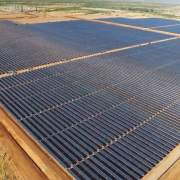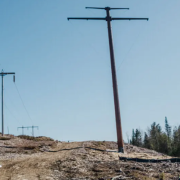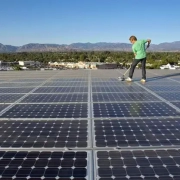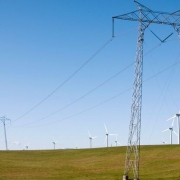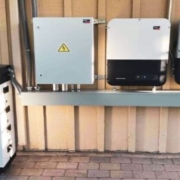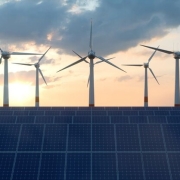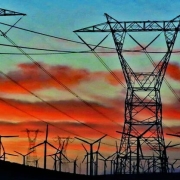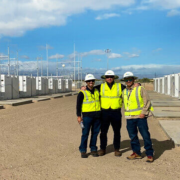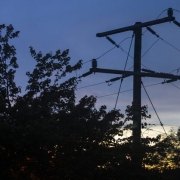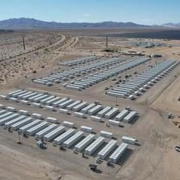The California Independent System Operator board on Wednesday approved a proposal to revamp the grid operator’s interconnection process, aiming to clear out a massive queue by favoring projects that it believes are most likely to succeed.
Under what it calls the “transformational reforms,” which federal regulators must approve, CAISO will assess three criteria — commercial interest, project viability and system need — when determining whether a project should move into the interconnection study phase, according to a CAISO staff memo to its board.
Click here to read the full article
Source: Utility Dive
—
If you have any questions or thoughts about the topic, feel free to contact us here or leave a comment below.

